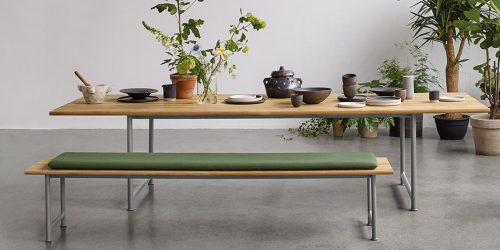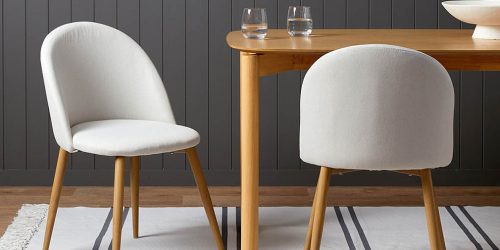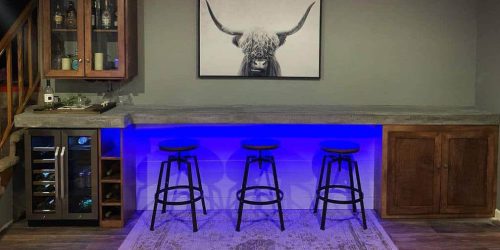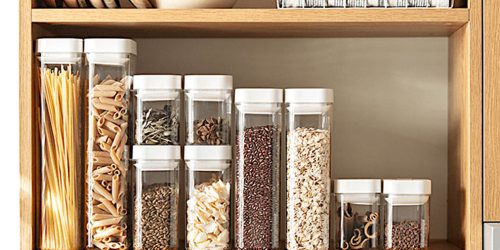Dinnerware Essentials: Building a Beautiful and Practical Collection
When it comes to creating the perfect dining experience, the importance of dinnerware cannot be overstated. Whether you’re hosting an elegant dinner party or simply enjoying a casual family meal, the right dinnerware can elevate the occasion, adding both beauty and practicality to your table. As someone who enjoys both hosting and cooking, I’ve learned that building a well-rounded dinnerware collection is about more than just aesthetics—it’s about functionality and durability as well.
In this article, I’ll walk you through everything you need to know about selecting and building a beautiful yet practical dinnerware collection, drawing on my personal experiences, research, and lessons learned. Whether you’re starting from scratch or looking to upgrade your current collection, these tips will help you make informed choices.
1. Understanding the Basics of Dinnerware
Before we dive into the specifics of building a collection, it’s essential to understand the different types of dinnerware. Dinnerware typically includes plates, bowls, and mugs or cups that are used for serving meals. Here’s a breakdown of the common components:
- Dinner Plates: The largest plates, typically used for the main course.
- Salad Plates: Slightly smaller than dinner plates, ideal for appetizers, salads, or desserts.
- Soup Bowls: Used for serving soups or stews, but also great for pasta or salads.
- Cereal Bowls: Smaller than soup bowls, perfect for breakfast or light snacks.
- Mugs or Teacups: Essential for serving hot beverages like coffee or tea.
There are other specialty items you can add, such as serving platters and butter dishes, but these basics will form the foundation of your collection.
2. Materials Matter: Choosing the Right Dinnerware
The material of your dinnerware plays a significant role in both its appearance and functionality. There are several options to choose from, each with its pros and cons.
Porcelain
Porcelain is a popular choice for dinnerware due to its durability, lightweight feel, and elegant appearance. It’s chip-resistant and often dishwasher and microwave-safe. I’ve always been drawn to porcelain for its versatility—it can be used for both formal and casual dining.
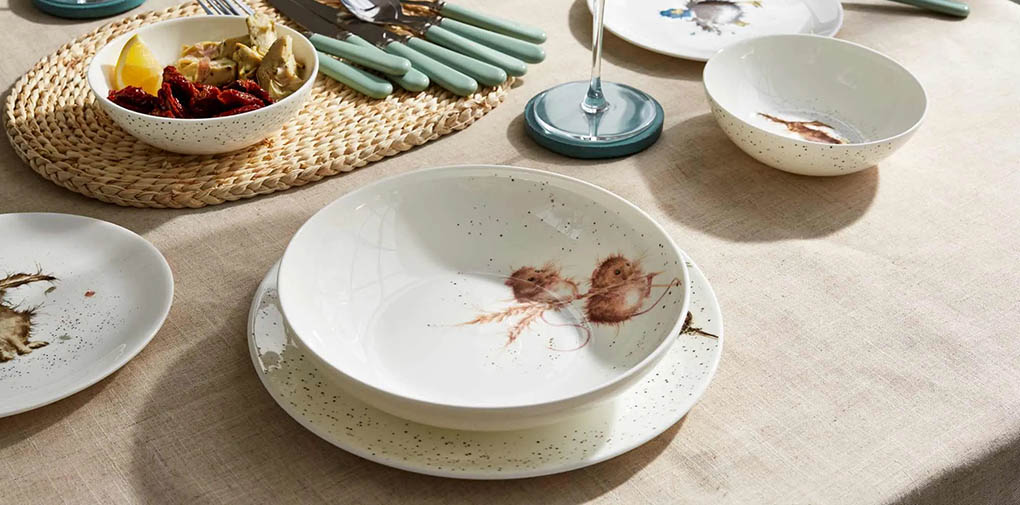
Pros:
- Durable and long-lasting.
- Suitable for both formal and casual settings.
- Typically microwave and dishwasher-safe.
Cons:
- Can be more expensive than other materials.
- Thinner porcelain can be prone to chipping if not handled carefully.
Stoneware
Stoneware is heavier than porcelain and often has a more rustic look. It’s great for everyday use and offers a variety of glaze finishes that can give your table a handcrafted feel. However, stoneware is more prone to scratches and may not always be microwave-safe, depending on the glaze.
Pros:
- Durable and ideal for daily use.
- Comes in a wide range of colors and finishes.
- Often less expensive than porcelain.
Cons:
- Can be heavy and less refined than porcelain.
- May be prone to scratches depending on the glaze.
Bone China
Bone china is known for its strength and lightweight feel. It’s actually the strongest ceramic dinnerware material, despite its delicate appearance. I’ve used bone china for more formal settings, and it adds a sense of luxury to the table without being too fragile.
Pros:
- Extremely durable yet lightweight.
- Elegant and refined, perfect for formal occasions.
- Dishwasher and microwave-safe, though it depends on the decoration.
Cons:
- More expensive than other materials.
- May not be suitable for everyday use due to its delicate appearance.
Earthenware
Earthenware is one of the oldest forms of ceramic and has a distinctive, warm, and rustic look. It’s less durable than stoneware or porcelain, and it can be more prone to chipping. However, it’s a great option for casual dining.
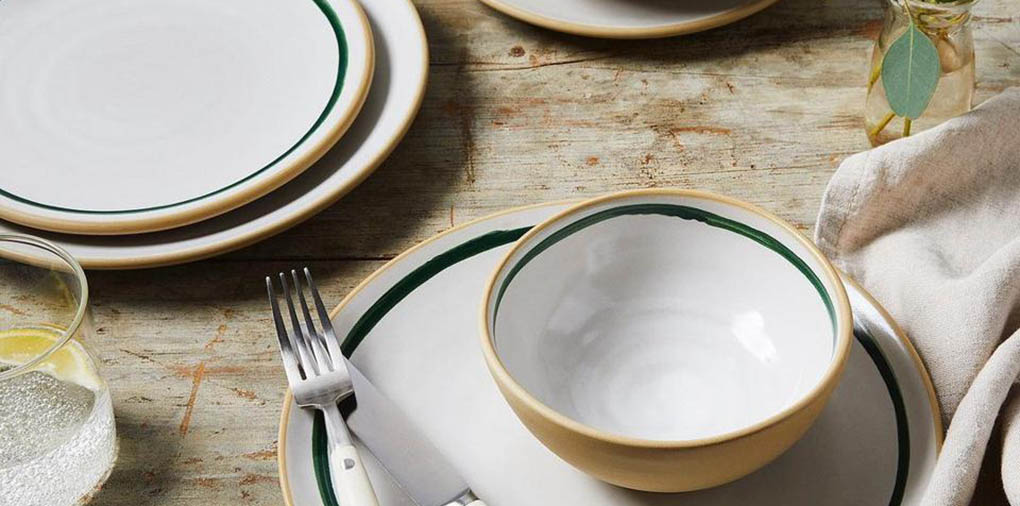
Pros:
- Inexpensive and casual.
- Rustic and earthy aesthetic.
- Wide variety of colors and designs available.
Cons:
- Less durable and prone to chipping.
- Not always microwave or dishwasher-safe.
Melamine
Melamine is a highly durable, shatterproof material that’s ideal for outdoor dining or households with children. While it’s not suitable for use in the microwave, it’s incredibly practical for casual or everyday dining.
Pros:
- Virtually unbreakable.
- Lightweight and affordable.
- Great for outdoor or casual dining.
Cons:
- Not microwave-safe.
- Can lack the elegance of ceramic materials.
3. Building Your Collection: How Many Pieces Do You Need?
The size of your dinnerware collection will depend largely on your lifestyle and how often you entertain guests. As a starting point, consider how many people you typically serve. For example, a four-person household will generally need at least four complete sets of dinnerware, but I always recommend having extra pieces on hand for guests or unexpected breakages.
Everyday Essentials
For everyday use, it’s important to have a practical number of place settings. A 12-piece set, which usually includes dinner plates, salad plates, and bowls for four people, is a good starting point. If you have a dishwasher and prefer not to run it every day, you might want to invest in more place settings to avoid running out between washes.
For Entertaining
If you enjoy hosting dinner parties or holiday meals, consider investing in a second set of dinnerware designed for larger gatherings. I’ve found it helpful to have at least eight place settings of my “special occasion” set, so I’m never short when hosting guests.
4. Mixing and Matching: Finding Your Style
One of the most exciting aspects of building a dinnerware collection is selecting pieces that reflect your personal style. While matching sets can create a cohesive look, don’t be afraid to mix and match different colors, patterns, and materials. I love blending classic white plates with colorful salad plates or textured stoneware bowls for a more eclectic table setting.
Neutral vs. Bold
Neutral colors like white, cream, or gray are timeless and versatile, making them a great foundation for your dinnerware collection. They can be easily paired with more vibrant pieces to add a pop of color without overwhelming the table.
If you prefer a bolder aesthetic, consider adding brightly colored plates or those with intricate patterns. Just make sure that the colors complement each other and don’t clash.
Textures and Finishes
In addition to color, consider texture and finish. Matte-finished dinnerware can add a modern, sophisticated touch, while glossy or glazed finishes give a more traditional look. Mixing glossy dinner plates with matte bowls, for example, can create an interesting contrast.
5. Storage Solutions: Keeping Your Collection Safe
Once you’ve invested in a beautiful dinnerware collection, it’s essential to store it properly to avoid chips, cracks, and scratches. Here are some tips that have worked for me:
- Stack with care: When stacking plates and bowls, place a soft cloth or paper towel between each piece to prevent scratching.
- Use cabinet dividers: If your dinnerware collection is large, use cabinet dividers or plate racks to organize items and prevent overcrowding.
- Store everyday items at eye level: Place frequently used pieces within easy reach, while more delicate or special occasion items can be stored higher up.
6. Practical Considerations: Dishwasher and Microwave Safety
As much as I love stylish dinnerware, practicality is a top priority in my kitchen. When building your collection, ensure that your pieces are dishwasher and microwave-safe, especially if you plan to use them for everyday dining. Most porcelain, stoneware, and bone china pieces are dishwasher-safe, but it’s always a good idea to check the manufacturer’s recommendations to avoid damage.
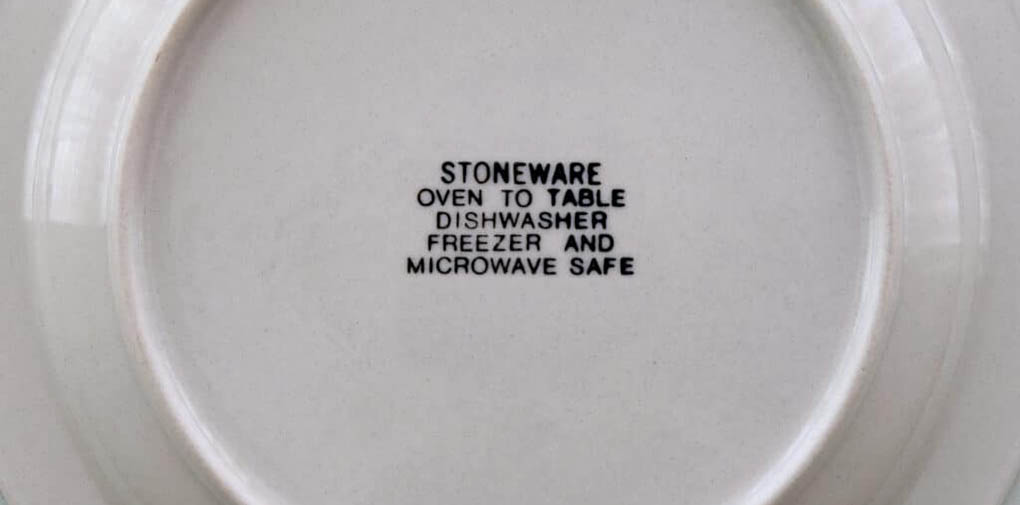
7. Adding Specialty Items: Elevate Your Dining Experience
While your basic set of dinner plates, salad plates, and bowls will cover most meals, there are a few specialty items worth considering as your collection grows. Here are some of my favorites:
- Serving Platters: Perfect for presenting roasts, appetizers, or side dishes.
- Soup Tureens: A beautiful addition for serving soups or stews at family gatherings.
- Gravy Boats: A classic piece that adds elegance to any holiday table.
- Charger Plates: Placed under your dinner plates, chargers add a decorative touch to formal settings.
8. Care and Maintenance: Keep Your Dinnerware Looking Its Best
Proper care is essential to prolong the life of your dinnerware. Here are a few tips to ensure your collection remains in pristine condition:
- Avoid abrasive sponges: When washing by hand, use soft sponges or cloths to avoid scratching the surface.
- Be mindful of temperature changes: Sudden changes in temperature can cause ceramic dinnerware to crack, so avoid placing hot items directly in cold water.
- Inspect regularly: Check your dinnerware for cracks or chips regularly. Even small imperfections can lead to breakage over time.
Building a beautiful and practical dinnerware collection takes time, but it’s a rewarding process that enhances your dining experience. Whether you prefer the elegance of porcelain, the rustic charm of stoneware, or the durability of melamine, selecting pieces that suit your style and needs will bring joy to every meal. As I continue to expand my own collection, I’ve come to appreciate how the right dinnerware can transform even the simplest meals into memorable moments.
By combining practicality with aesthetics, you can create a dinnerware collection that not only serves your needs but also reflects your personal style—making every meal a delightful experience.

